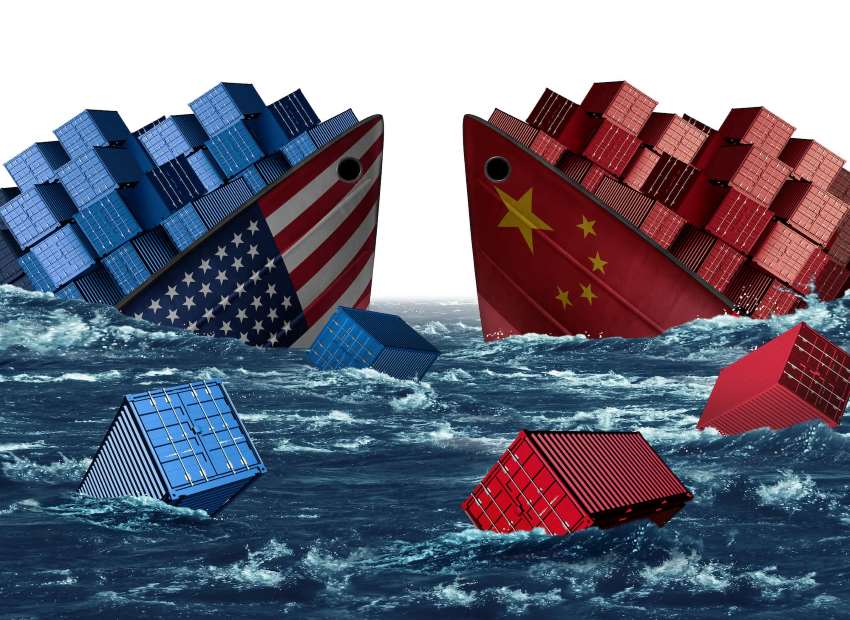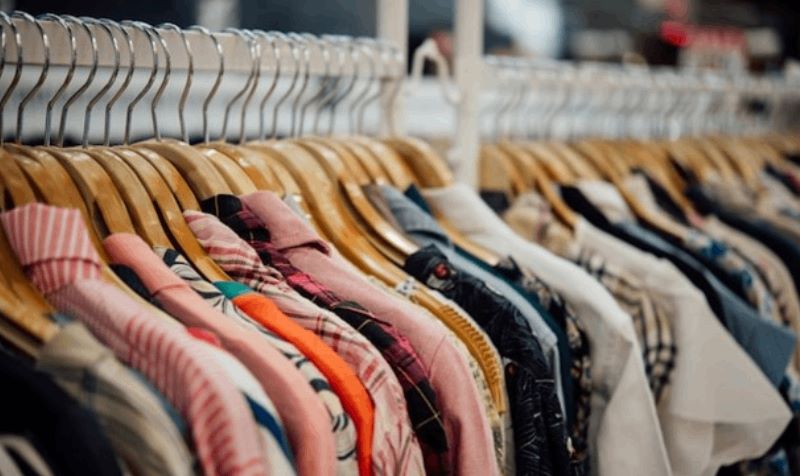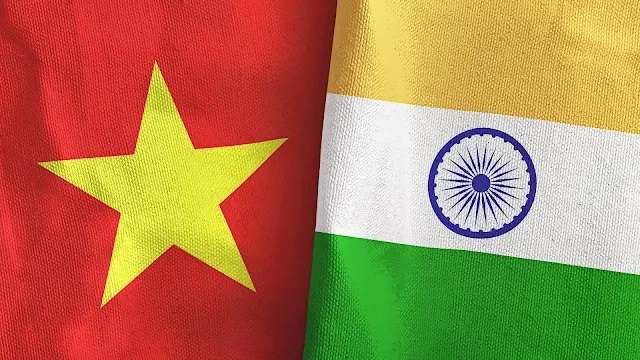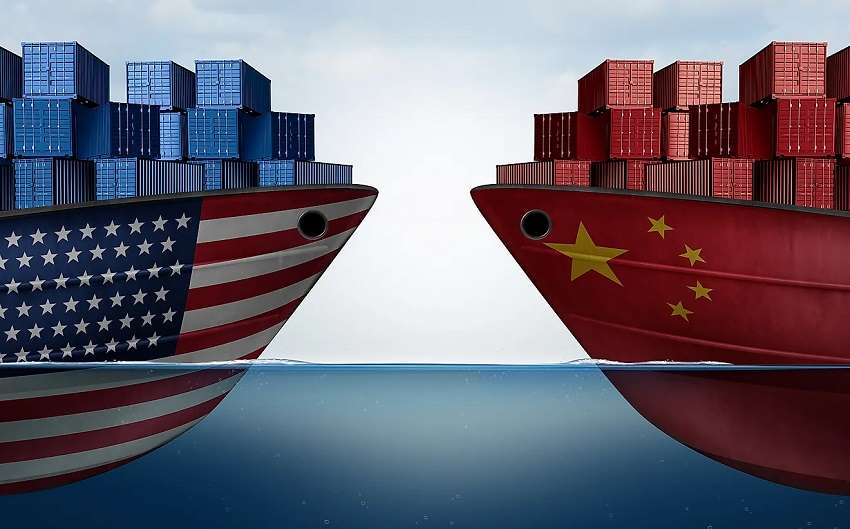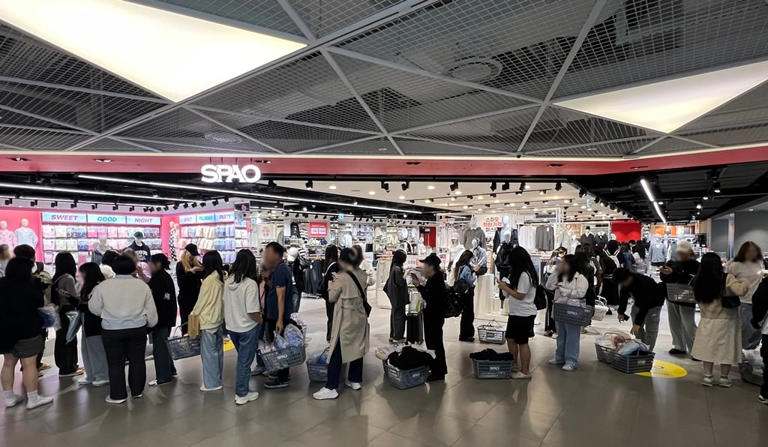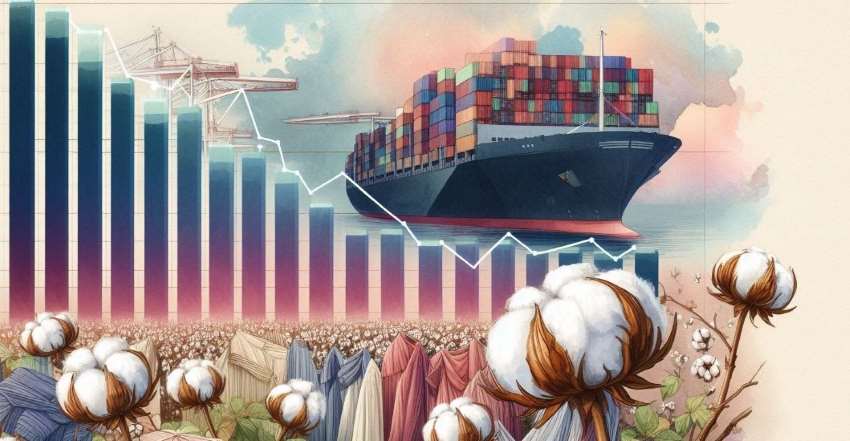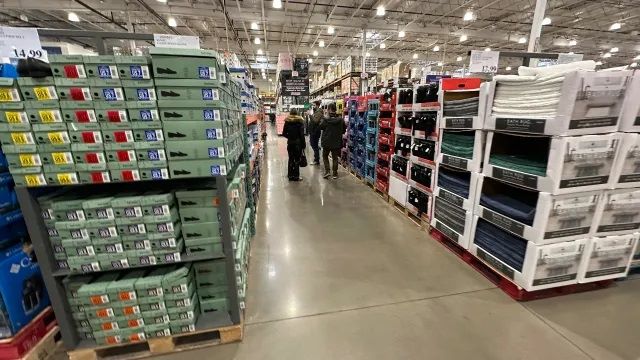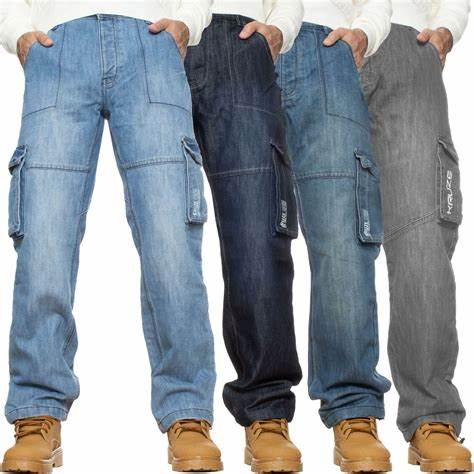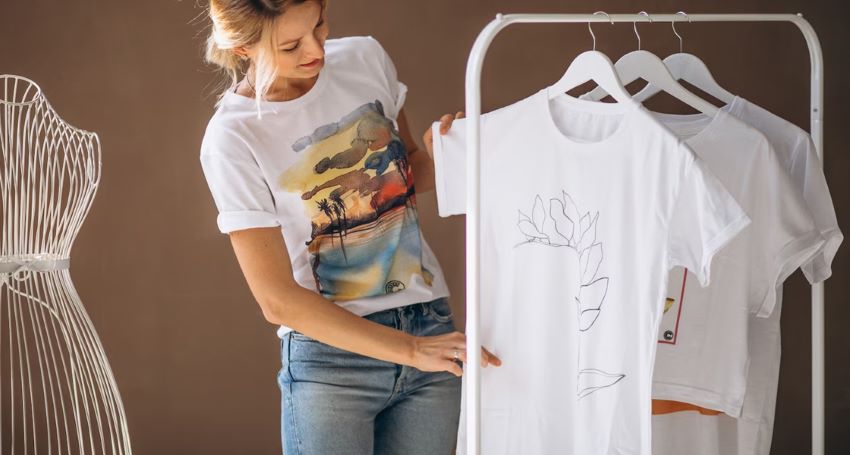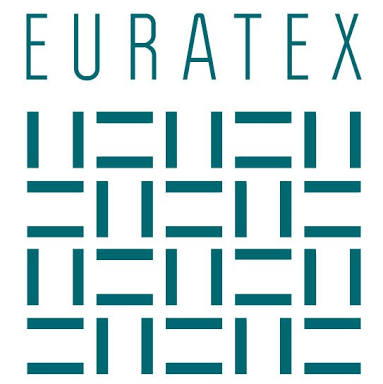
Asper WTO Statistical Review 2017, the ratio of international trade growth to GDP fell to 0.6, representing the worst year since 2001; growth was just 1.3 per cent in volume terms, the weakest growth rate since 2008. Despite a brightening of the EU economy, textile and clothing (T&C) activity in the EU lost dynamism towards the end of the year. Textile activity improved to some extent, while activity in the clothing industry showed no signs of recovery. Year 2016 witnessed the slowest growth in EU exports since the financial crisis, while the retail turnover development was less dynamic than in previous year, recording a modest growth.
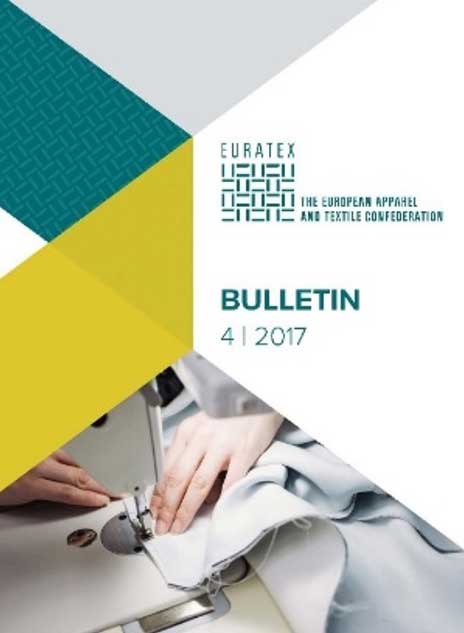
In spite of political concerns, the overall situation of the EU and OECD countries continued to improve both in The EU’s economic improvement did not, however, benefit the clothing sector (whose production fell further), whilst the textile sector edged ahead by just +1.6 per cent. Production prices again fell across the European Union as a whole, with an overall reduction of -1.1 per cent. The only exception was in the United Kingdom, where output prices rose.
Turnover index
The EU-28 turnover index for the clothing sector surpassed the 2010 threshold, up by +0.8 per cent. The index for textiles reached a new high in 2016 at 107.5, compared to 105.5 points in 2015 – an increase of +1.9 per cent. In the EU as a whole, investment only grew very slightly in 2016, taking into account the time lag between investment decisions and their implementation. Besides, Switzerland and Turkey faced declines in both sectors. Employment in the EU for both the textiles and clothing sectors remained almost stable in 2016. The textiles sector was in a more robust position, enabling it to boost employment, whereas the clothing sector again declined.
Outlook seems positive
Barring some continuing uncertainty, in particular related to the trade policy of the US and the effects of Brexit, especially on exchange rates, the outlook for the industry looks positive. Prices are rising, but quite slowly. This is also true for the costs of energy and certain raw materials. The value of the euro has tended to recover, at least until August 2017; EU consumer confidence and especially within the eurozone is at its highest level since April 2001. Unemployment has been steadily falling for more than four years now, both in the EU as a whole and in the eurozone, and the public finances of the majority of Member States have recovered.
Q1 2017 preliminary data was also favourable for the textile sector, except the decline in traditional sectors of spinning and weaving, as well as nonwovens, while finishing has seen a marginal recovery. Knitted items (circular knitting) continued to grow, but at a reduced pace. ‘Other textiles’, including technical textiles, expanded more sustainably. The growth mainly came from the Eastern European countries. The clothing sector continued to cut production, yet turnover rose slightly. However, managers’ expectations during the second half of 2017 continued to rise in the clothing industry with positive assessments of production expectations.

